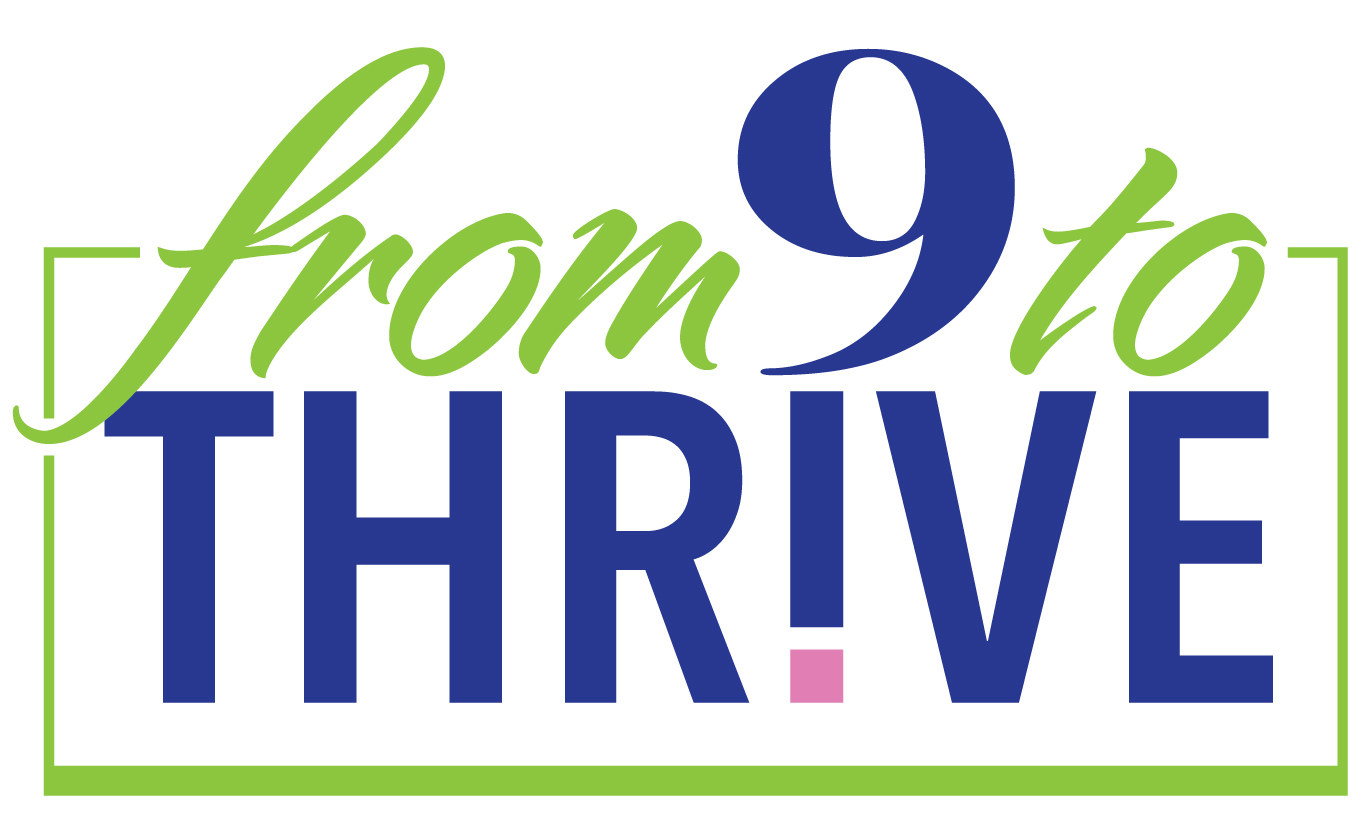Master Your Money with a Checking Account Reconciliation Worksheet
Keeping tabs on your finances can sometimes feel like trying to keep track of kids at a playground—utter chaos. But if you’re a small business owner, there’s no playground supervisor coming to save your bank account! That’s why reconciling your checking account regularly is so important—it’s the grown-up version of counting heads and making sure no one wandered off.
If you’ve been hearing whispers like “What is this ‘checking account reconciliation worksheet’ everyone goes on about?” or “Do I really need to balance my books if I have online banking on my phone?”—buckle up. We’re about to turn you into a reconciliation wizard with an easy, practical guide (and a free template!).
Spoiler alert: By the end, you’ll not only know how this works—you’ll be that professional who knows their financial records like the back of their hand.
Why Reconciling Your Checking Account Isn’t Outdated
Somewhere along the way, folks started thinking checking account reconciliation was something only accountants with green visors did in dusty back offices. But here’s the truth—it’s not just “old school,” it’s smart living.
Balancing your books means comparing what your account says you’ve done (deposits and payments) with what your bank details on your bank statement during a specific period. Sounds simple? Sure. But ignoring this step can lead to some real headaches:
- Missed Automatic Payments
That business loan payment? Yep, it needs to come out—on time. Forget, and the bank fees could quickly stack up with late charges.
- Lingering Outstanding Checks
Ever send a check that mysteriously vanished into the void? Reconciling helps track whether your customer cashed it—or if it’s time to follow up.
- Sneaky Subscriptions
Remember that $19.99/month subscription you signed up for three years ago and haven’t used since? Thought not. Reconciling can help identify “money leaks” draining your cash balance.
The stakes get even higher for business owners. Without proper reconciliation, your year-end financial statements could be riddled with errors—causing extra work (and unnecessary expense) during tax season.
What You’ll Need to Get Started
Reconciliation may seem like a daunting task, but trust me, it’s easier than picking just one coffee order at Starbucks. Here’s what you need for a smooth start:
- Your Bank Statement (digitally or printed, that’s your call).
- A General Ledger, if you’re fancy like that. Otherwise, a trusty reconciliation worksheet works wonders (hint, hint—grab this free Google Sheet template).
- Records of automatic payments, bank fees, and bank deposits.
Gather these and prepare to cross-check every bank transaction like Sherlock Holmes on caffeine.
Step-by-Step Guide to Reconciling Like a Pro
Step 1: Start with Your Bank Statement
Open up your bank statement and locate the ending balance from the specific period you’re reconciling. You might think, “Cool, this is what I’ve got!” Not so fast—it’s the starting point for comparing what you say you’ve got (in your register balance) vs. what the bank does.
Step 2: Enter Your Transactions
Use a reconciliation worksheet or our Google template (linked above) to list all your financial activity. Here’s what to track:
- Deposits (from customers, clients, etc.).
- Payments (outstanding checks, utilities, etc.).
- Bank fees (why is the bank taking your hard-earned cash this time?).
- Automatic payments (from loans or subscriptions).
Pro tip: Color-code pending and cleared items. It makes your reconciliation process way more satisfying and keeps errors in check.
Step 3: Compare and Contrast
For every transaction listed in your account, match it against your bank statement. Check that deposit dates are accurate, and flag any discrepancies.
- Did your deposit clear? No! Oof, call your financial institution and get it sorted.
- Miss a payment? Add it immediately or wave at late fees.
Step 4: Spot Outstanding Checks and Deposits
Keep an eye out for checks that haven’t been cashed or deposits still listed as pending—these are called outstanding checks and outstanding deposits. Highlight them to avoid spending money that isn’t technically there (rookie mistake, right?).
Step 5: Adjust and Recalculate
Adjust your cash balance for:
- Checks you wrote but haven’t cleared.
- Deposits you made but haven’t posted.
- Any necessary adjustments (did the bank accidentally deduct $199 but you only spent $19? It happens!).
Ultimately, your worksheet should match the ending balance on your bank statement. When everything lines up, you’ve mastered the reconciliation process. If it doesn’t—don’t panic. Keep digging to uncover those errors.
Step 6: Celebrate Small Wins
Did everything match? Perfect. Pat yourself on the back! Didn’t? Even catching errors is progress. Either way, reconciled account = less stress.
Now say it out loud: I will not blindly trust my online banking app for financial statements.
Why Google Sheets is Perfect for Reconciliation
Fun fact of the day—using tools like Google Sheets isn’t just convenient; it’s an easy way to track your accounting records in real-time. Plus, it’s free, sharable, and lets you create formulas to auto-calculate your data.
Using this reconciliation template, you’ll quickly grasp your financial records without needing an accounting degree (or a panicked call to your CPA).
How Reconciling Your Checkbook Empowers Your Business
Still wondering if the effort is worth it? Reconciling your checkbook allows you to:
- Stay ready for your end-of-the-year balance sheet report.
- Visualize your business activity at a glance.
- Avoid embarrassing accounting errors in your accounting records.
- Make confident decisions based on accurate financial reports.
Running a business is tough enough—don’t add “unexpected overdraft fees” or “unreconciled accounts” to the stress pile.
Start Reconciliation Today!
Reconciling your checking account might seem “old school,” but it’s essential for anyone wanting to master their personal finance or run a thriving business. With just an hour a month and our free reconciliation worksheet, you’ll avoid costly errors and gain control over your funds.
Give it a try and tag us when you use the template! We’d love to hear from you—what’s the most surprising thing you’ve discovered while reconciling? (Bet it’s that forgotten Spotify subscription!)
Want more tips and strategies? Check out all of our resources!
Go balance that checkbook—you’ve got this!

